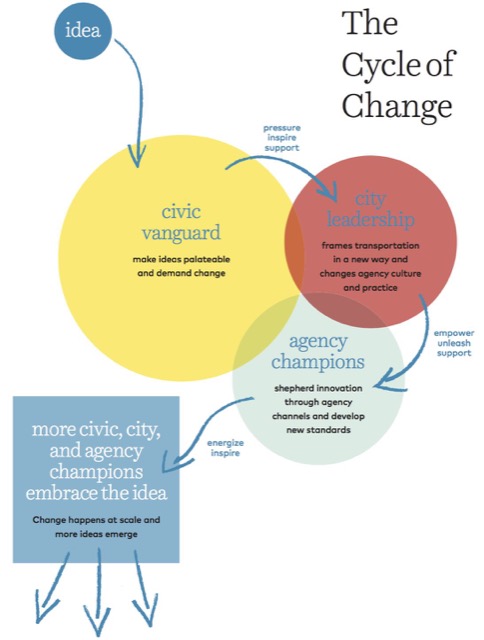Some people have argued that a defect of high-occupancy/toll lanes is that they are expensive to install as they require their own on- and off-ramps in order to keep them separate from the general lanes. But–as the Antiplanner observed on a recent trip from Oregon to Texas–the Utah Department of Transportation has nearly 150 miles of HOT lanes that cost little more than ordinary freeway lanes.
Utah’s express lanes run along Interstate 15 from Spanish Forks (south of Provo) to South Ogden, about 72 miles in each direction. They are separated from the general lanes only by a double stripe. The “on- and off-ramps” consist of periodic replacement of the double stripes with dashed lines. Vehicles are free to enter and exit the express lanes where the lines are dashed, while they aren’t supposed to cross where there are two solid lines.








